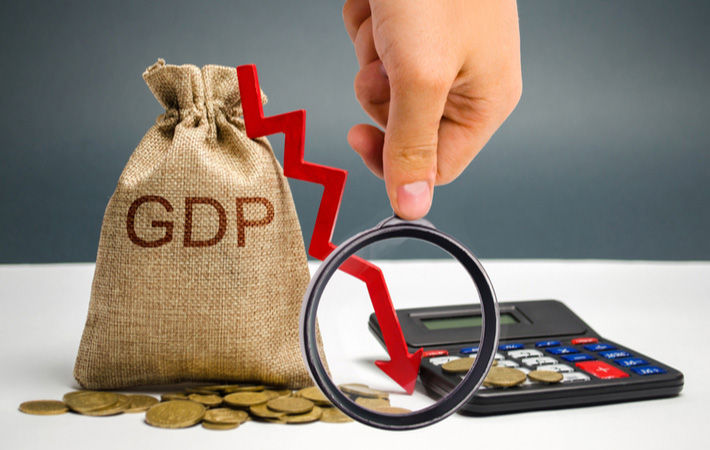Fiscal response to COVID small or non-existent in low-income nations

Similar patterns emerge among businesses. Smaller firms, informal businesses and enterprises with limited access to formal credit were hit more severely by income losses stemming from the pandemic. Larger firms entered the crisis with the ability to cover expenses for up to 65 days, compared with 59 days for medium-size firms and 53 and 50 days for small and micro enterprises respectively, the World Bank said in a recent publication.
Moreover, micro, small and medium enterprises are over-represented in the sectors most severely affected by the crisis, such as retail, accommodation and food services, and personal services.
Though the short-term government responses to the pandemic were extraordinarily swift and encompassing, the combination of policies chosen to confront the short-term impacts differed significantly across countries, depending on the availability of resources and the specific nature of risks the countries faced.
In addition to direct income support programmes, governments and central banks made unprecedented use of policies intended to provide temporary debt relief, including debt moratoria for households and businesses.
Although these programs mitigated the short-term liquidity problems faced by households and businesses, they also had the unintended consequence of obscuring the true financial condition of borrowers, thereby creating a new problem: lack of transparency about the true extent of credit risk in the economy, said the international lending agency.
The large crisis response, while necessary and effective in mitigating the worst impacts of the crisis, led to a global increase in government debt that gave rise to renewed concerns about debt sustainability and added to the widening disparity between emerging and advanced economies.
In 2020, 51 countries—including 44 emerging economies—experienced a downgrade in their government debt risk rating.
Fibre2Fashion News Desk (DS)
































-Ltd..jpg?tr=w-120,h-60,c-at_max,cm-pad_resize,bg-ffffff)





.jpg?tr=w-120,h-60,c-at_max,cm-pad_resize,bg-ffffff)
.jpg?tr=w-120,h-60,c-at_max,cm-pad_resize,bg-ffffff)






